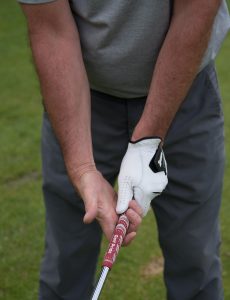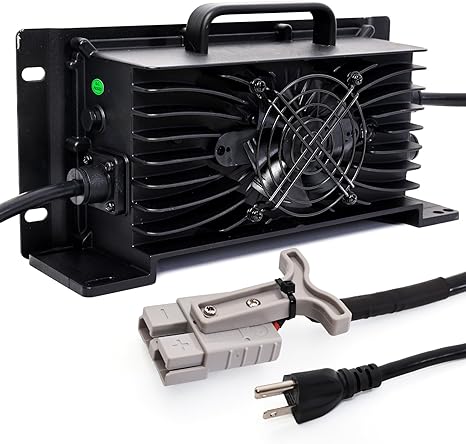Mini golf History is more than fun. A sport with great history. Discover a rich history and unique restrictions that keep players coming back.
Have you ever wondered how a simple game using tiny clubs and colorful balls became a global emotion?
This comprehensive guide to mini golf covers everything:
Introduction to Mini Golf
Mini golf, invented in the early 1900s. It is a fun, accessible alternative to golf. Its creative curriculum and family-friendly setting made it popular instantly.
What is Mini Golf?
Smaller tracks with windmills, bridges, and tunnels are used for mini golf. Each participant uses their putter to hit a ball into one hole after another with as few strokes as possible.
Why Mini Golf is a Popular Recreation
Mini golf is good for everyone because it is educational and entertaining. Its welcoming nature makes it a popular meeting spot. Events include family vacations and professional contests.
Mini Golf History

Origins and Early Development
The Historical Journey Begins: Mini golf started in Scotland in the late 19th century. It was originally created as a short game for ladies who felt dissuaded from playing full-sized golf.
Scotland: The Ladies Putting Club of St. Andrews in Scotland created the first miniature golf course in 1867. To let women play without swinging hefty golf clubs.
US: In 1916, Pinehurst, North Carolina, opened the first commercial mini golf course, which became popular in the US.
Evolution of Mini Golf Courses
1930s Boom: Mini golf courses popped up nationwide in the 1930s as its popularity skyrocketed.
Early courses were made of,
- Sand,
- Clay,
- Carpet and
- Included a simple, obstacle-free pattern.
Post-War Innovation: Mini golf courses became increasingly costly after WWII. Examples: windmills, castles, and water features.
The game is improving with these hacks.
Modern Mini Golf: Mini golf courses now range from traditional layouts to,
- High-tech,
- Themed experiences with neon lighting,
- 3D components and
- Interactive challenges.
This evolution demonstrates the game’s flexibility to shifting entertainment trends and technological advancements.
Key Milestones and Historical Figures in Mini Golf
Garnet Carter (1927): Carter developed “Tom Thumb Golf” in Chattanooga, Tennessee, the first commercial mini golf course. His course established themed obstacles and launched mini golf.
Joseph and Robert Taylor (1950s): The Taylor brothers founded Putt-Putt, a mini golf icon. High-quality courses with uniform designs became common in the US.
Patty Berg (1970s): Professional golfer Patty Berg organized events and promoted mini golf in mainstream sports conversations.
The Growth of Mini Golf as a Family Activity
Growth of Mini Golf: Mini golf’s accessibility and attractiveness to all ages which made it a family sport. It’s non-competitive character and creative course designs make it fun for families.
Family Activity: Tourist locations sometimes have mini golf courses, which boosts their popularity. For its hundreds of themed mini golf courses, Myrtle Beach, South Carolina is known as the “mini golf capitol”.
Analytical Data: The US mini golf business has grown slowly, with yearly revenues of $1 billion, according to IBISWorld. The poll found that 45% of mini golf players are families with children, showing the sport’s family value.
Modern Mini Golf: Modern mini golf facilities use AR and smartphone apps to improve the player experience and attract of the game.
Mini golf’s history, evolution, and family attraction are covered in these topics.

















